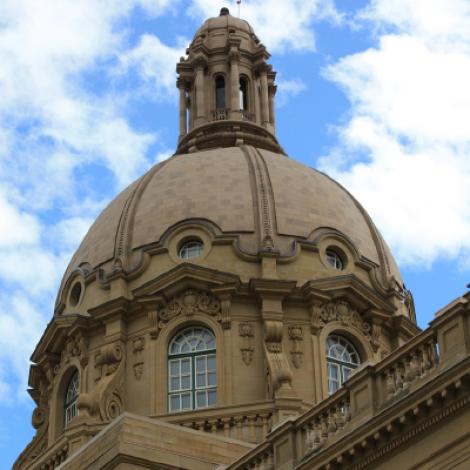New Census Shows Continuing Urbanization of Alberta
When it comes to settlement patterns, federal census data continues to demonstrate that Alberta is a unique province within Canada. Unlike British Columbia and Ontario, most of our province's population is not clustered in southern cities. Unlike Saskatchewan and Manitoba, our province's settlement patterns are not entirely dictated by areas of rich agricultural resources, either.
Alberta has large urban centres in the north and south, as well as in the east and west. Historically, newcomers to the province moved onto prairie farmlands. An explosion in Canada's population and the discovery of massive oil and natural gas deposits led to settlements springing up in the northern boreal forests and once tiny urban areas that grew to welcome the energy sector and its need for workers.
As Alberta’s economy continues to expand and mature, we see trends emerging in the most recent census that will have important policy implications for all orders of government.
The 2021 Canadian Census paints a picture of continuing urbanization in Alberta. While the province's largest cities, Edmonton and Calgary, grew in line with historical averages (8.3% and 5.5% respectively), the smaller cities and towns just outside these cities saw the greatest increases. Near Calgary, the City of Airdrie saw a 20.3% increase in population and the City of Chestermere saw an 11.4% increase in population. In the Edmonton region, the City of Leduc saw an increase of 13.7% and the Town of Stony Plain saw a 4.7% increase. Other municipalities beyond Alberta's large urban areas also saw population increases, notably, the Town of Canmore saw a 14.3% increase in its population.
The most recent census also determined that 87.7% of Albertans now reside in municipalities best described as 'urban', including cities, towns, villages, summer villages, and specialized municipalities. This continued shift in demographics raises some important questions about how the federal, provincial, and municipal governments should collaborate when providing services. For example, if an increasing number of Albertans are residing in urban municipalities, then provincial and federal investments in infrastructure should take this into account.
As of 2016, municipalities in Alberta already managed 62% of collector roads, 48.2% of arterial road assets in Alberta, and own and operate recreation, water, wastewater and other infrastructure for their residents. The Government of Alberta is currently determining the allocation formula for the Local Government Fiscal Framework (LGFF). This program will replace the Municipal Sustainability Initiative (MSI) as the province’s largest transfer program to municipalities in 2024. Be sure to attend Municipal Leaders' Caucus to discuss how the new framework should be designed to reflect the needs of municipalities.
Looking to the future, we anticipate that investment in essential services like broadband will be essential for attracting and retaining residents to communities across Alberta. We have heard from members about the challenges residents face in accessing reliable high speed internet in areas outside large urban centres. This is why Alberta Municipalities members passed a resolution at our fall 2021 convention calling on the provincial government to release a broadband strategy to help coordinate the efforts of telecom companies, non-profits, and governments to help solve this issue. Alberta Municipalities recently published a series of articles in The Weekly that share members’ success stories in pursuing their own broadband projects. We hope these stories inspire other members and serve as a resource to start having discussions in their own communities about broadband.
The 2021 Canadian Census provides good data to back up many of the positions that Alberta Municipalities has taken when advocating on behalf of our members, and we will continue to use this and other tools to share insights with our members.


